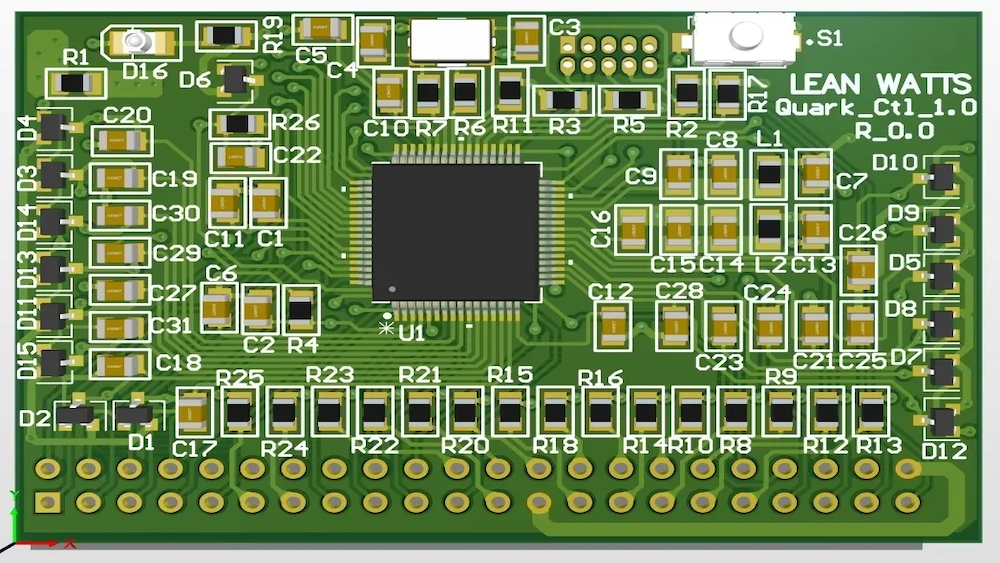
This is a part of a series of blogs about how power conversion works, with a focus on Light Electric Vehicle (LEV) chargers.
Topic: Exploring the World of Power Converters in EV Chargers
Welcome to our technology blog series where we delve into the fascinating world of power conversion in EV chargers. In this series, we will unravel the complexities behind the technology that drives EV chargers and shed light on the critical role of power converters in this ecosystem. From understanding the basics of power conversion to exploring advanced concepts and future trends, we aim to provide a comprehensive understanding of this vital component. Our focus in this series will be about light electric vehicles (LEVs).
Types of Form Factors for DC Chargers in LEVs:
When it comes to charging LEVs such as e-bicycles, e-scooters, e-motorcycles, e-autos, and light electric pickup trucks, different form factors of DC chargers cater to the diverse charging needs of these vehicles. Let’s explore the three main types of form factors: portable chargers, onboard chargers, and public chargers.
- Portable Chargers: Portable chargers are designed for convenience and mobility. These compact and lightweight chargers allow users to charge their LEVs wherever a power source is available. Portable chargers are typically smaller in power capacity and can be easily carried in a backpack or stored in a vehicle’s storage compartment. They provide a practical solution for on-the-go charging, ensuring that LEV owners can top up their vehicle’s battery whenever needed. The power rating of portable chargers typically ranges from 100W to 3.3kW and these chargers take 1 – 8 hrs to charge an LEV.
- Onboard Chargers: Onboard chargers are integrated directly into the LEV’s structure, typically mounted near the vehicle’s battery pack. These chargers are designed to provide a seamless charging experience without the need for external chargers. Onboard chargers are often customized to fit the specific voltage and power requirements of the LEV. They offer the advantage of convenience and eliminate the need for carrying an additional charger. The power rating of onboard chargers typically ranges from 100W to 3.3kW and these chargers take 1 – 8 hrs to charge an LEV.
- Public Chargers: Public chargers (often referred to as DC fast chargers) are strategically located charging stations that cater to the charging needs of LEVs in public spaces. These chargers are available in various power levels, allowing for faster charging times. Public chargers can be found in parking lots, petrol pumps, shopping centers, city streets, commercial complexes and other public areas. They provide a reliable and accessible charging infrastructure, enabling LEV owners to charge their vehicles while away from home. The power rating of public chargers typically ranges from 3.3kW to 12kW and these chargers take 1 – 3 hrs to charge an LEV.
- AC Sockets/ AC chargers: These are the points where one can access AC electricity in a safe and controlled manner. These are used in conjunction with portable or onboard chargers. Since no power conversion happens in these chargers, we will not focus on these type of chargers in this blog. If you want to know more, let us know and we will create an another blog dedicated to AC chargers and sockets. Power rating is usually 3.3kW (16A socket) for LEV applications.
Typical Specification of a DC Charger for an LEV:

Each form factor serves a specific purpose, offering convenience, integration, or widespread accessibility. The availability of different charger form factors ensures that LEV owners have multiple options for charging their vehicles, enhancing the usability and practicality of light electric vehicles in daily lives.
What is a Power Converter?
In the realm of EV chargers, the power converter serves as a crucial component . Its primary function is to convert incoming electrical power into a form suitable for charging an EV’s battery. In this section, we will delve into the fundamental aspects of a power converter, exploring its role and significance in the context of an EV charger.
A power converter, specifically designed for EV charging, acts as the intermediary between the electrical grid (AC power source) and the EV battery. It plays a vital role in ensuring efficient and reliable power transfer while adhering to safety standards and charging protocols. The primary purpose of the power converter is to transform the alternating current (AC) supplied by the electrical grid into the direct current (DC) required for charging the EV battery. This conversion process involves intricate electronic circuitry and power semiconductor devices that control the flow and characteristics of the electrical energy.
Efficiency, reliability, and safety are critical considerations when designing a power converter for an EV charger. The converter must operate efficiently to minimize energy losses during the conversion process, ensuring maximum power delivery to the EV battery. Additionally, it must exhibit robustness and reliability to withstand various environmental conditions and voltage fluctuations.
Moreover, meeting safety standards is of utmost importance in EV charging systems. The power converter must incorporate protective features such as surge protection, short-circuit prevention, overvoltage and undervoltage protection, and temperature monitoring. These measures ensure safe and reliable charging operations, safeguarding both the EV and the charging infrastructure.
The power converter must also comply with specific charging standards and protocols, such as those defined by organizations like the Society of Automotive Engineers (SAE) or the International Electrotechnical Commission (IEC). Adhering to these standards ensures compatibility and interoperability across different EV models and charging infrastructures.
As EV adoption continues to grow, the development of advanced power converters becomes increasingly crucial. Continuous research and innovation focused on enhancing the efficiency, reliability, and safety of power converters while reducing their size, weight, and cost is pivotal. These advancements aim to provide seamless and accessible charging experiences, promoting the widespread adoption of electric vehicles.
In the upcoming sections of this blog series, we will explore the intricacies of power converter circuits, the various components and technologies involved, and explore the emerging trends and future prospects of EV chargers. Join us as we unravel the fascinating world of the EV charging technology that unlocks a sustainable and electrified future.
